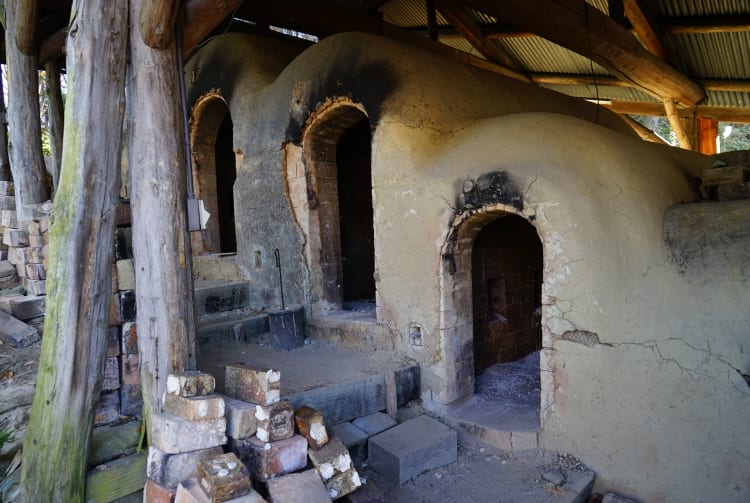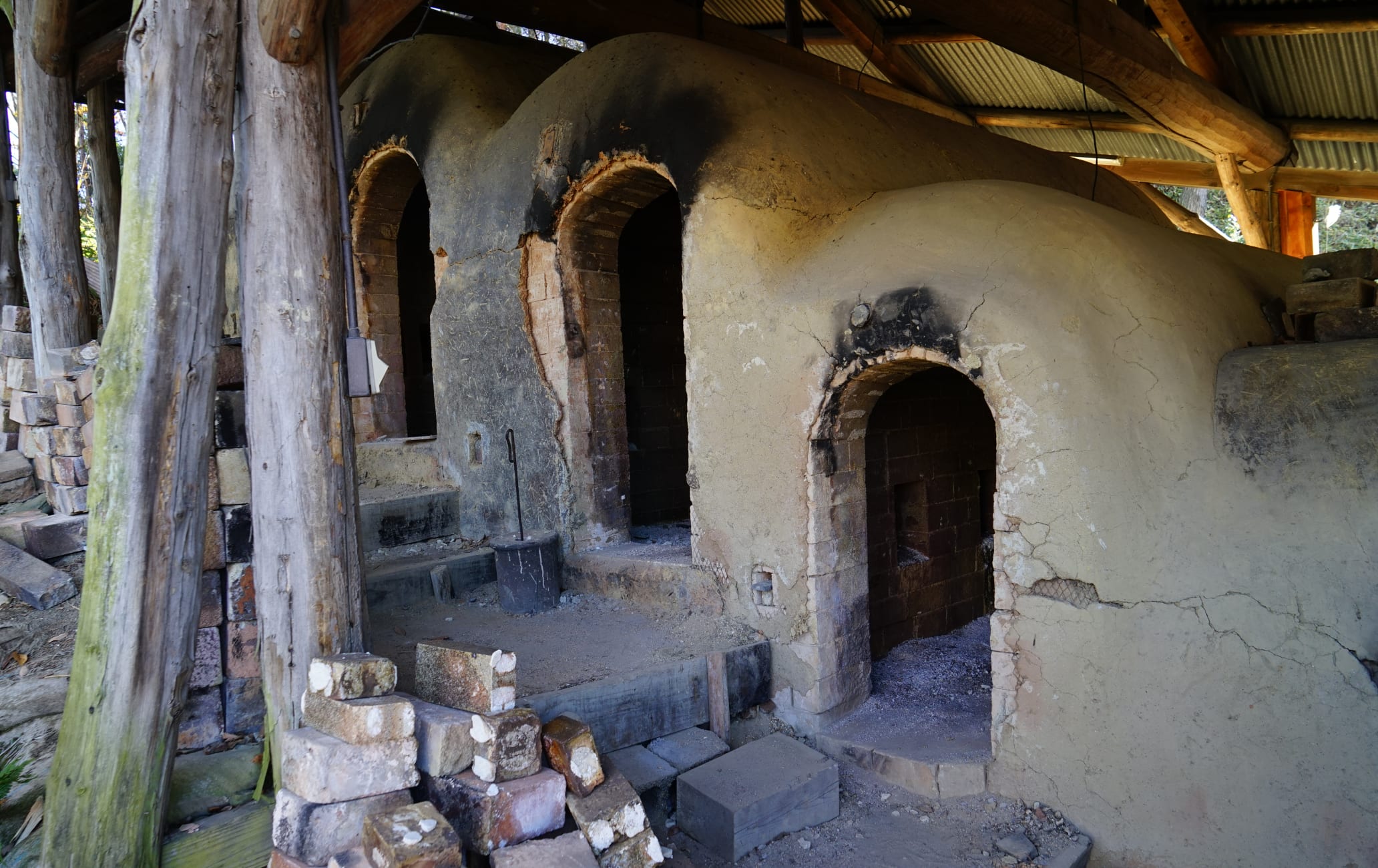Ceramic creations from fine art to furry friends, enjoy an artistic experience
Shigaraki is one of the leading pottery producing areas in Japan, and the Shigaraki Ceramic Cultural Park showcases ancient ceramics that have been handed down in the region, as well as pottery associated with Shiga Prefecture.
Don't Miss
- Learning about the wabi-sabi of Shigaraki pottery
- Picking up a piece of pottery that catches your eye
- Checking out the noborigama, an ingenious climbing kiln
How to Get There
You can get to the park by train to Shigaraki Station and then by bus.
From Kyoto, take the JR Biwako Line to Kusatsu (note that the JR Tokaido main line is also known as the Biwako Line in this area), and then the Kusatsu Line to Kibukawa. From Kibukawa, take the Shigaraki Kohgen Railway to Shigaraki Station. You can walk to the park or take a five-minute bus ride on the Koka City Community Bus Service.
One of the pottery greats
The history of Shirgaki is said to have began in the 13th century, during the Kamakura period. Over time, the color and quality of Shigaraki clay became popular for tea utensils. Now this area is known as one of the six great pottery regions of Japan.

Unique tanuki statues in Shigaraki
Shigaraki continues to produce high-end ceramic art. The style is often warm in color and in a "wabi-sabi" style that celebrates simplicity and imperfection. The area also makes many humble household implements.
The area is also famous for its roly-poly tanuki statues, from a few inches tall to bigger than an adult man. The tanuki, or raccoon dog, is a forest critter, and you'll often see ceramic ones outside bars and izakaya, inviting passersby to have a drink. His goofy, inebriated smile also brings good luck.
Chances to get your hands on some clay
Shigaraki Ceramic Cultural Park aims to provide visitors with the opportunity to experience the history and culture of various ceramic arts. The park has a museum specializing in ceramics, and an exhibition hall that presents the "present" of Shigaraki ware, displaying ceramics as industrial projects in addition to works of art.
The park has facilities for domestic and international ceramic artists to stay and work, and also offers regular pottery classes for the public. In addition, there is an annual event where artists sell their works, but the date has changed in recent years, so please check in advance when planning to visit.


























































